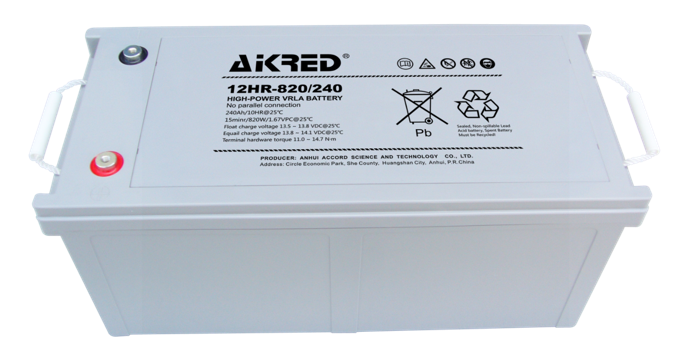PB acid batteries, also known as lead-acid batteries, have been widely used for many years due to their reliability and affordability. These batteries are commonly found in various applications, including automotive, standby power, and renewable energy systems. In this article, we will delve into the intricacies of PB acid batteries, exploring how they work and their numerous applications.

How PB Acid Batteries Work:
Composition: PB acid batteries consist of a negative plate made of lead, a positive plate made of lead dioxide, and a separator made of glass fiber. The electrolyte used in these batteries is a solution of sulfuric acid.
Chemical Reaction: When a load is connected to the battery, a chemical reaction occurs between the lead and lead dioxide plates, and the sulfuric acid in the electrolyte. This reaction releases electrons, creating an electric current that powers the load.
Charging Process: During the charging process, the excess electrons from the load are returned to the battery. The sulfuric acid is converted back into lead sulfate on both plates, replenishing the battery’s stored energy.
Plate Degradation: Over time, the lead and lead dioxide plates undergo degradation due to the continuous cycling of charge and discharge. This degradation eventually leads to a decrease in battery performance and capacity.
Applications of PB Acid Batteries:
Automotive: PB acid batteries are the primary power source in most automotive applications, providing energy to start the engine, power the ignition, and supply electrical systems while the vehicle is running.
Standby Power: These batteries are commonly used as standby power sources in telecommunications, UPS (Uninterruptible Power Supply) systems, and emergency lighting. They provide instant power during grid failures or other power disruptions.
Renewable Energy: PB acid batteries play a crucial role in renewable energy systems, such as solar and wind power installations. They store excess energy generated during peak generation periods and supply it during low generation periods or at night.
Golf Carts and Other Transportation: PB acid batteries are also used in golf carts, electric scooters, and other similar transportation vehicles. Their reliable energy output makes them suitable for these applications.
Marine: Marine applications, such as boats and yachts, often use PB acid batteries for their starting and charging requirements. These batteries can withstand the challenging marine environment, including temperature variations and vibration.
Conclusion:
PB acid batteries have been a mainstay in the energy storage industry due to their cost-effectiveness and dependability. Understanding how these batteries work and their diverse applications can help users make informed decisions when selecting the right energy storage solution for their specific needs. As technology continues to advance, newer battery technologies may emerge, but PB acid batteries will likely remain a significant player in the energy storage market for years to come.